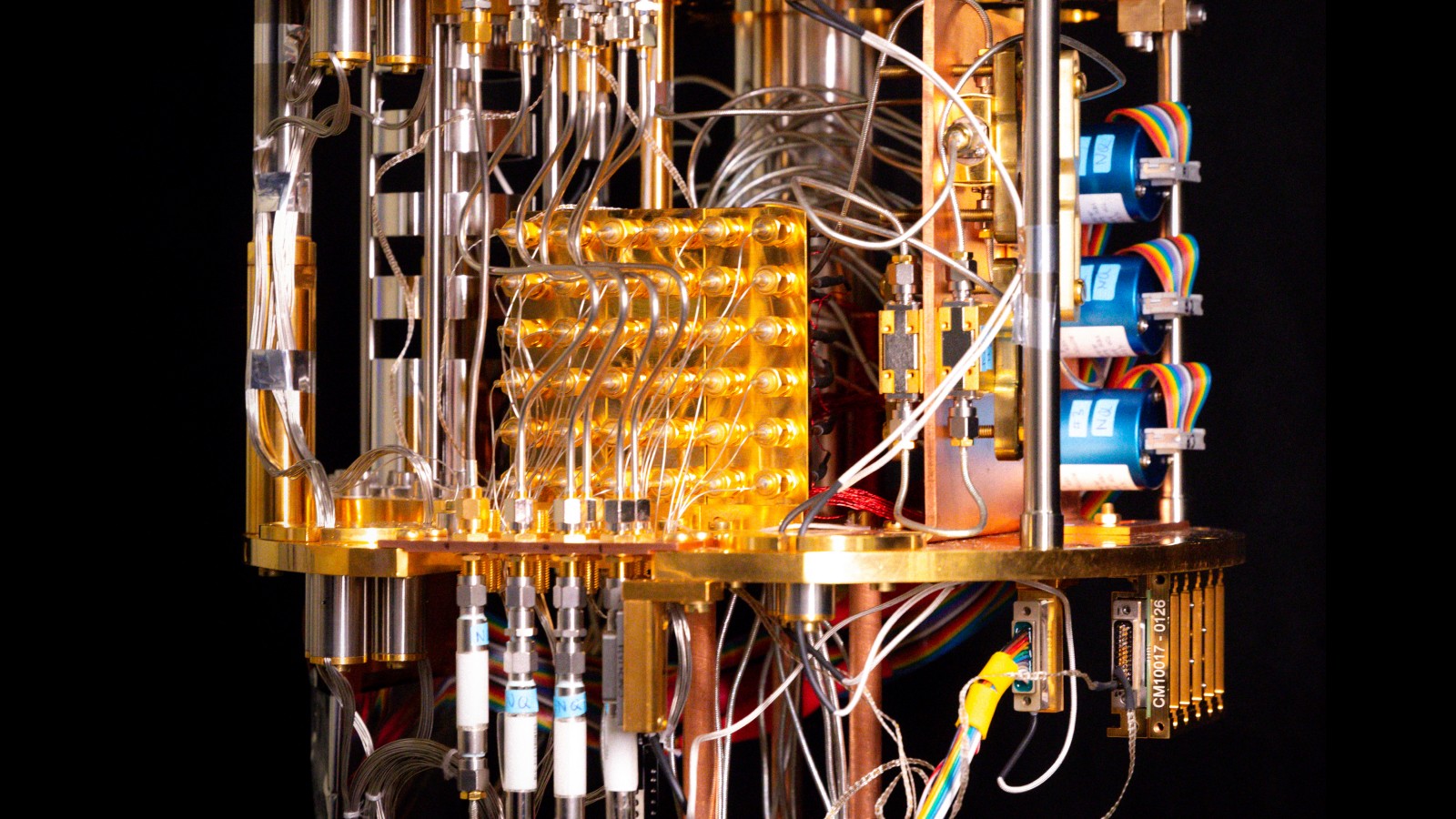Agronomy, Vol. 14, Pages 176: Mechanical Weed Control: Sensor-Based Inter-Row Hoeing in Sugar Beet (Beta vulgaris L.) in the Transylvanian Depression
Agronomy doi: 10.3390/agronomy14010176
Authors: Sergiu Cioca Parasca Michael Spaeth Teodor Rusu Ileana Bogdan
Precision agriculture is about applying solutions that serve to obtain a high yield from the optimization of resources and the development of technologies based on the collection and use of precise data. Precision agriculture, including camera-guided row detection and hydraulic steering, is often used as an alternative because crop damage can be decreased and driving speed can be increased, comparable to herbicide applications. The effects of different approaches, such as uncontrolled (UC), mechanical weed control (MWC), herbicide weed control (HWC), and mechanical + herbicide control (MWC + HWC), on weed density and yield of sugar beet were tested and evaluated in two trials (2021 and 2022) in South Transylvania Depression at the tested intervals BBCH 19 and 31. Weed control efficacy (WCE) depends on the emergence of the weeds and a good timing of weed controls in all the trials and methods, though the highest yield of sugar beet roots was recorded in the treatment MWC + HWC, with an increase up to 12–15% (56.48 t ha−1) yield from HWC (50.22 t ha−1) and a yield increase of more than 35–40% than MWC (42.34 t ha−1). Our trials show that it is possible to increase yield and have fewer chemical applications with the introduction of new precision technologies in agriculture, including sensor-guided mechanical controls.

 3 months ago
35
3 months ago
35

